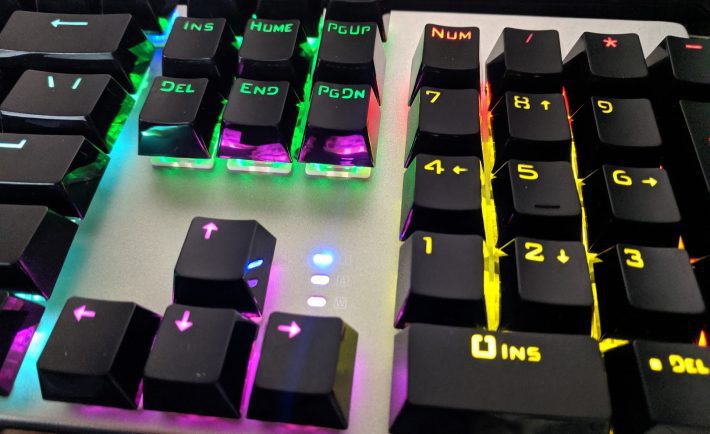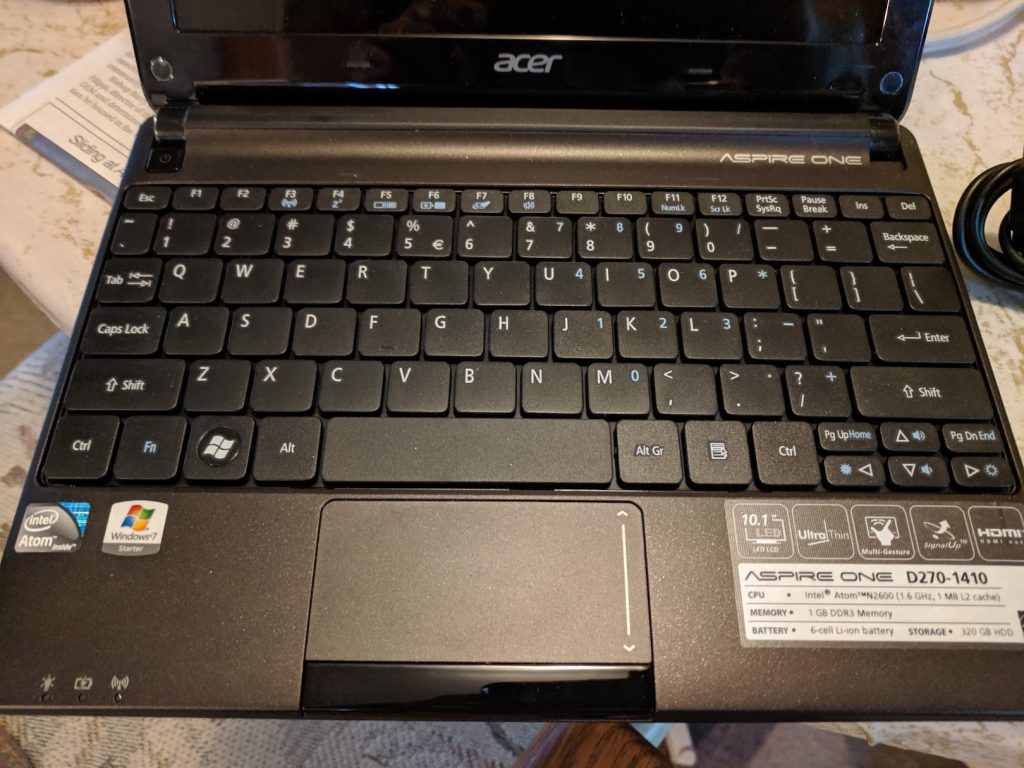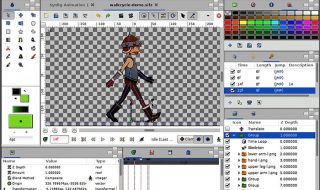
There are two main types of keyboards – mechanical and membrane. Mechanical keyboards use mechanical switches to actuate the keys, while membrane keyboards employ membrane switches. Generally, standard keyboards are membrane, and gaming keyboards are mechanical.
Although each switch performs the same function, the two different types of switches work in different ways. Both types have their pros and cons.
Read on to discover how the different switch systems work and how they differ from one another.
Membrane Keyboards

Most integrated laptop keyboards and standard office keyboards use membrane technology. Membrane keyboards are known for their value for money and reliability. Membrane keyboards are also more resistant to dirt and liquid than their mechanical counterparts.
How Membrane Keyboards Work
Membrane keyboards usually have three layers – the top layer sits below the keys (the dome). The other two layers are rubber membranes with a space between them. The keys are actuated when the dome is pressed, activating the lowest membrane layer.
When the dome makes contact with the lowest layer, it closes the electrical circuit and registers the keypress. Although membrane systems in keyboards can differ slightly, all membrane keyboards use this system.
Pros and Cons
One of the primary advantages of membrane keyboards is that they are more affordable than mechanical keyboards. The keypresses also operate quietly, and they are more resistant to dirt and liquid spills.
The disadvantages of membrane keyboards are that they may have a shorter lifespan than mechanical keyboards. Other disadvantages are that their parts can’t be replaced, and the keypresses may feel “mushy” to the user.
Mechanical Keyboards

Mechanical keyboards cost more than membrane keyboards, and the switch system they employ is more technical. Heavy computer users and advanced gamers usually prefer mechanical keyboards to membrane keyboards.
Mechanical keyboards do not use membranes. Instead, each key on the keyboard has its own switch to actuate it.
How Mechanical Keyboards Work
The mechanical switches used in mechanical keyboards comprise a stem, a base, a spring, and a contact. The spring supports the keycap and the stem. The stem moves downward, makes contact, and actuates the keypress when the key is pressed. When mechanical keyboards bottom out, they have a distinctive sound that lets users know that the keypress has been actuated.
The main advantage of using a mechanical keyboard is that the feel of each keypress can be customized by altering the mechanical switch. This allows the user to distinctly feel and hear each actuation point.
Three common mechanical switch types in mechanical keyboards are reds, browns, and blues. Blues make a tactile “clicky” sound when pressed and are preferred by users who do a lot of typing (writers, typists, programmers, scholars). Gamers prefer reds for their smooth operation, and browns are a mix of blue and red characteristics. Browns are quiet but feel slightly tactile.
Pros and Cons
The main advantage of mechanical keyboards is that single switches and keycaps can be replaced. They also offer more feedback to the user.
The disadvantages of mechanical keyboards are that they can be noisy to operate, and they are significantly more expensive than membrane keyboards.




